This post may contains affiliate links. Read our full disclosure here.
The first sip of Plum Wine (Umeshu) feels like stumbling upon a secret that Japanese wine lovers have kept to themselves for far too long. This isn’t your typical wine – it’s a delicious bridge between worlds, balancing the delicate fruit notes you might crave in a dessert wine with a distinctly Japanese character. After my boyfriend and I discovered it at a friend’s dinner party last year, we’ve been quietly obsessed with introducing our wine-loving friends to this sweet-tart Japanese treasure.
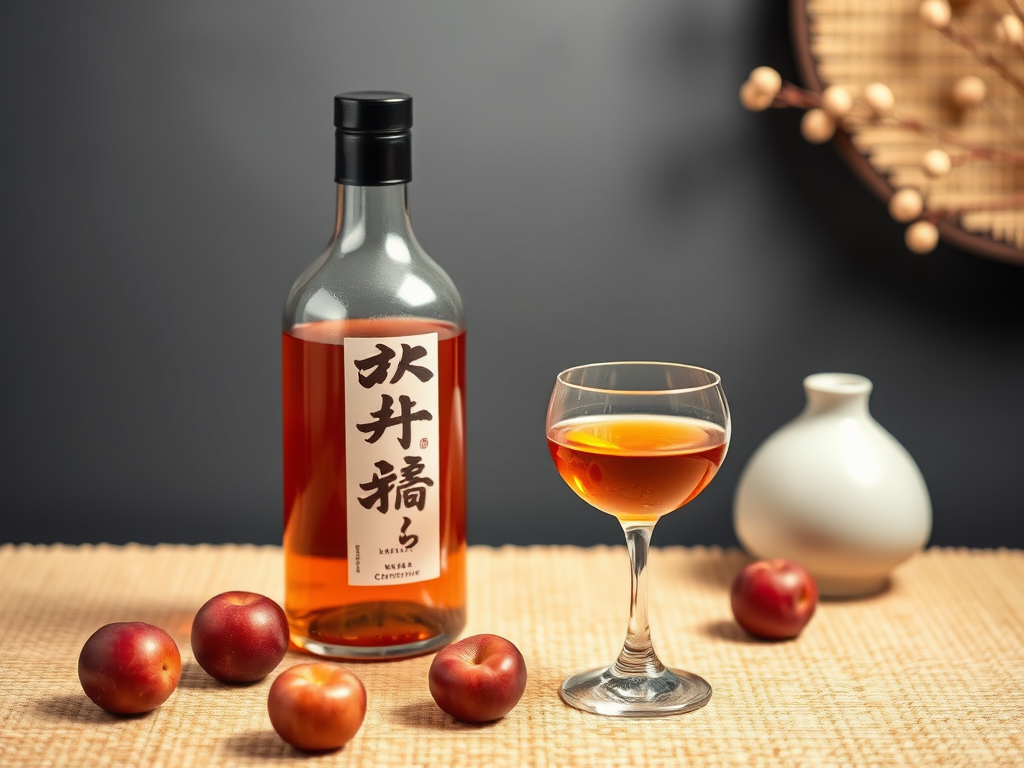
If you’re tired of the same old wine options, Plum Wine (Umeshu) offers something genuinely different. With its characteristic blend of sweetness, tanginess, and smooth mouthfeel, it’s become my go-to recommendation for friends looking to venture beyond their usual glass of red or white. The beauty of umeshu lies in its approachability – it doesn’t require you to be a sake expert or Japanese cuisine aficionado to appreciate its charm.
What Is Plum Wine (Umeshu)?
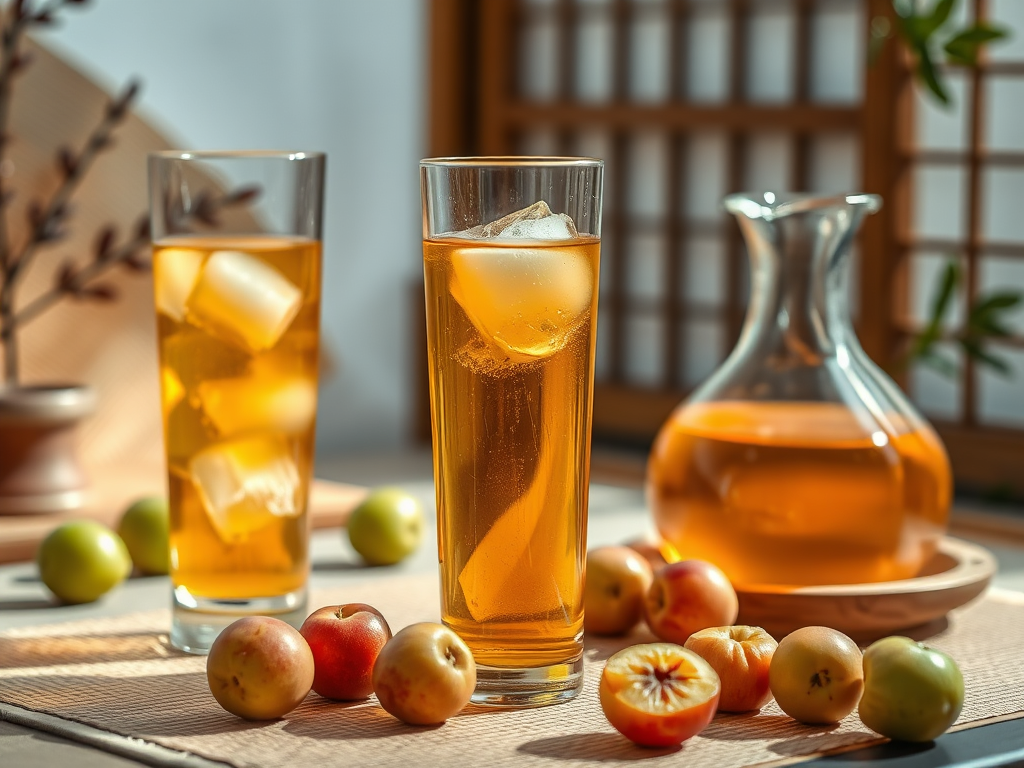
- Made from Japanese ume fruit, not typical supermarket plums
- Crafted by steeping ume in alcohol (usually shochu or sake) with sugar
- Sweet-tart profile with 10–15% ABV, making it a low ABV wine option
Plum Wine (Umeshu) is a traditional Japanese beverage that stands apart from grape-based wines. The star ingredient is the ume fruit – often called Japanese plums though they’re actually closer to apricots. These small, tart fruits create magic when steeped in alcohol with sugar, typically resulting in a lower-alcohol alternative that sits comfortably between wine and liqueur.
Unlike many Western wines, umeshu doesn’t rely on fermentation of the fruit itself. Instead, the ume are preserved in alcohol (most commonly shochu or sake) along with rock sugar, creating an infusion that develops its characteristic flavor over time. This distinctive production method gives Plum Wine (Umeshu) its signature balanced sweetness that never feels overwhelming.
What Does Umeshu Taste Like?
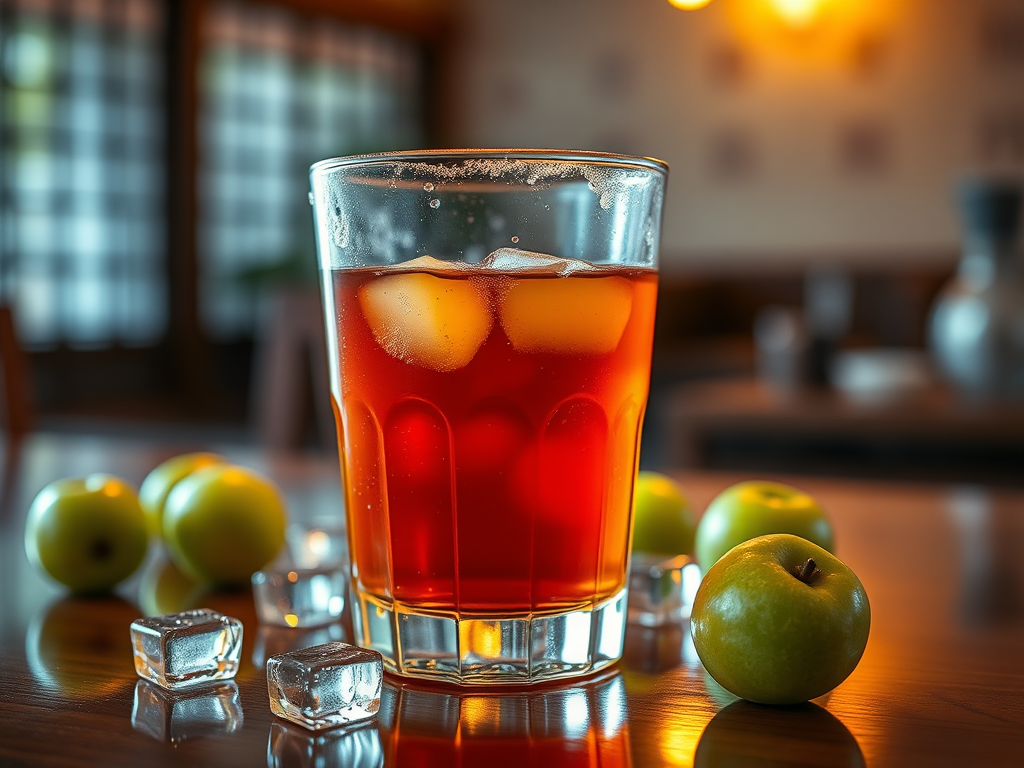
- Ripe Japanese plum, golden apricot, and natural honey notes
- Sweet and tangy with a clean finish — not cloying
- Velvety on the tongue, especially delightful when chilled
The first time my wine club tried Plum Wine (Umeshu), everyone was surprised by its complexity. It offers an intriguing balance of sweet fruit and bright acidity that makes it refreshingly different from typical dessert wines. The flavor profile typically includes notes of ripe plums and apricots with subtle honey undertones, all balanced by a pleasant tanginess.

What makes umeshu particularly special is its texture – silky and medium-bodied with none of the syrupy heaviness that can make some sweet wines overwhelming. When served properly chilled, it delivers a clean, refreshing finish that keeps you coming back for another sip. It’s essentially a dessert wine that doesn’t feel like you’re drinking liquid candy – perfect for when you want something sweet but sophisticated.
How It’s Made (And Why It’s Unique)
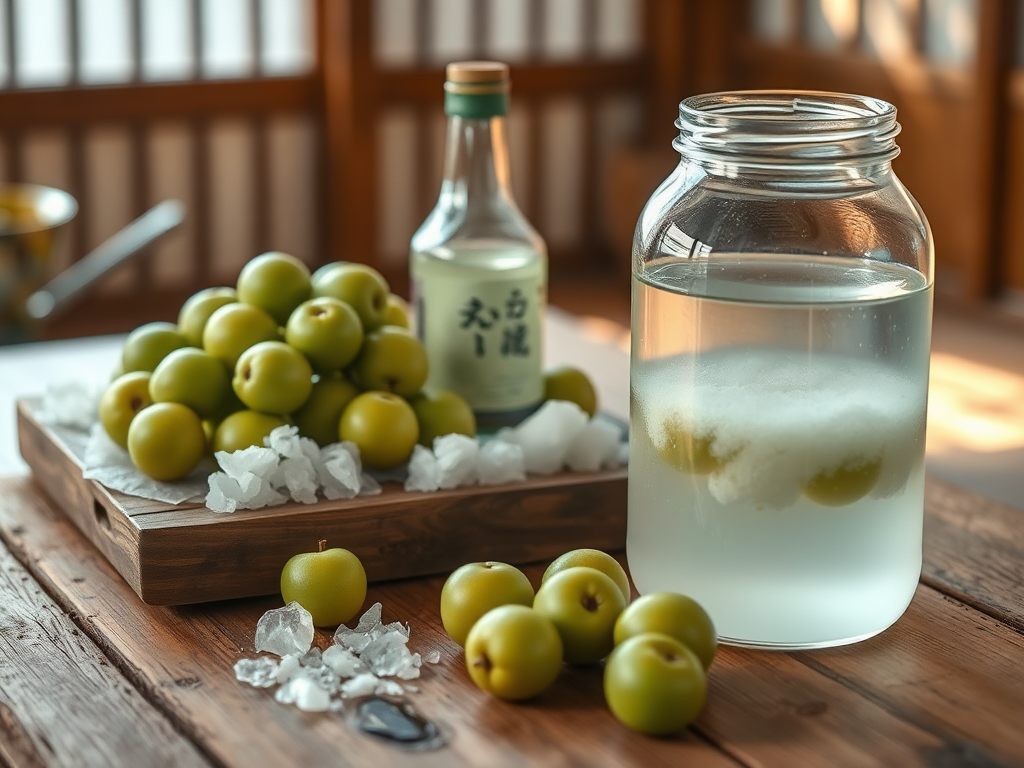
- Uses unripened Japanese ume (a sour, fragrant fruit)
- Infused with rock sugar and alcohol like shochu or sake
- Aged for several months to years for deep, rounded flavor
The creation of Plum Wine (Umeshu) is a beautiful exercise in patience. Traditional production begins with harvesting young, unripened ume in early summer when they’re still firm and intensely sour. After carefully cleaning and sometimes lightly scoring the fruit, producers layer ume and rock sugar in large jars before covering everything with alcohol.

Then comes the waiting game. The mixture needs to sit for at least 3-6 months, though many premium umeshu brands age theirs for years. During this steeping period, the ume slowly release their flavors, the sugar dissolves, and the once-harsh mixture transforms into something harmonious. This slow infusion process preserves the beautiful acidity of the fruit while allowing the sugar to mellow it into something truly delightful.
Many Japanese families actually make homemade Plum Wine (Umeshu) as an annual tradition, starting the batch when ume are in season and enjoying it months later when the flavors have fully developed. The fruits themselves become a treat too – plumped with alcohol and sweetened, they’re often enjoyed separately as a boozy snack.
How to Enjoy Plum Wine (Umeshu)
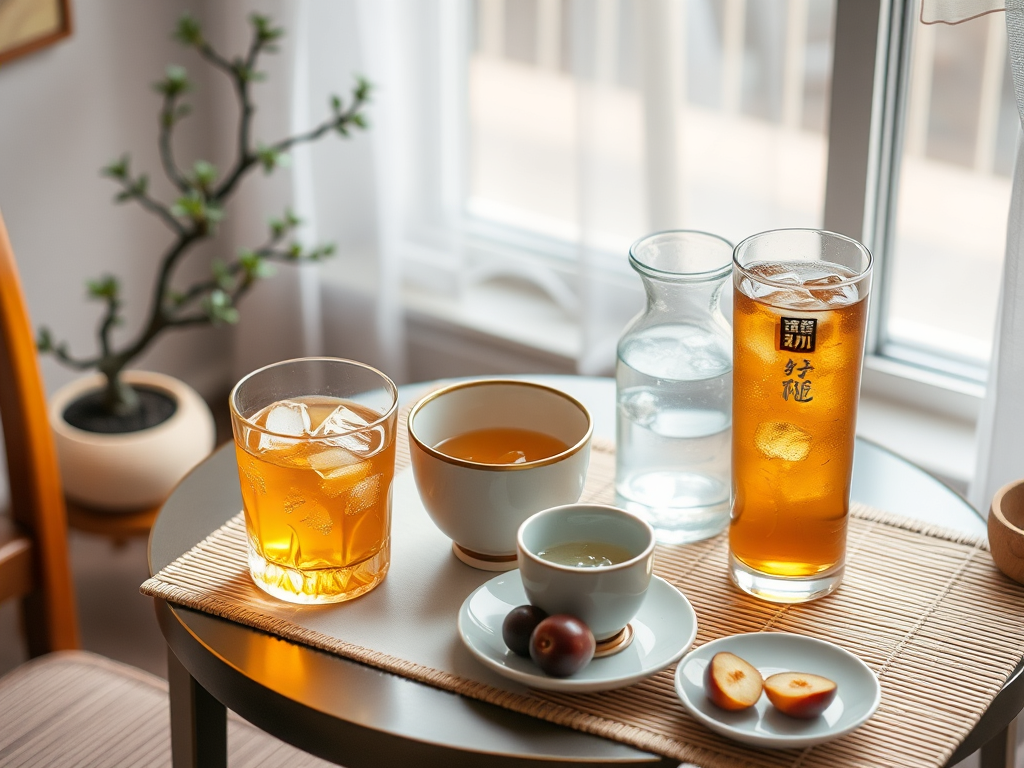
- Serve chilled or over ice, especially in summer
- Mix with soda or tonic water for a refreshing umeshu cocktail idea
- Warm it slightly in winter as a cozy nightcap
The versatility of Plum Wine (Umeshu) is one of its greatest charms. On hot summer evenings, my friends and I love it simply poured over ice in a rocks glass – the Japanese call this serving style “on the rocks” or “rokku” and it’s perfect for outdoor gatherings. The cold dilution opens up the flavors beautifully while keeping it refreshing.
For something more adventurous, try creating umeshu cocktails by mixing it with soda water or tonic for a bubbly, lower-alcohol option. A splash of citrus juice adds brightness, while a sprig of mint or shiso leaf brings an aromatic dimension. When the weather turns cooler, gently warming umeshu (similar to how you might warm sake) transforms it into a comforting nightcap with more pronounced honey notes.
No matter how you choose to serve it, Plum Wine (Umeshu) makes for great conversation as you explore its unique flavor profile. Even wine connoisseurs who think they’ve tried everything will find something new to appreciate in this traditional Japanese beverage. Its versatility makes it perfect for everything from casual gatherings to more formal tasting events.
What to Eat With Plum Wine (Umeshu)
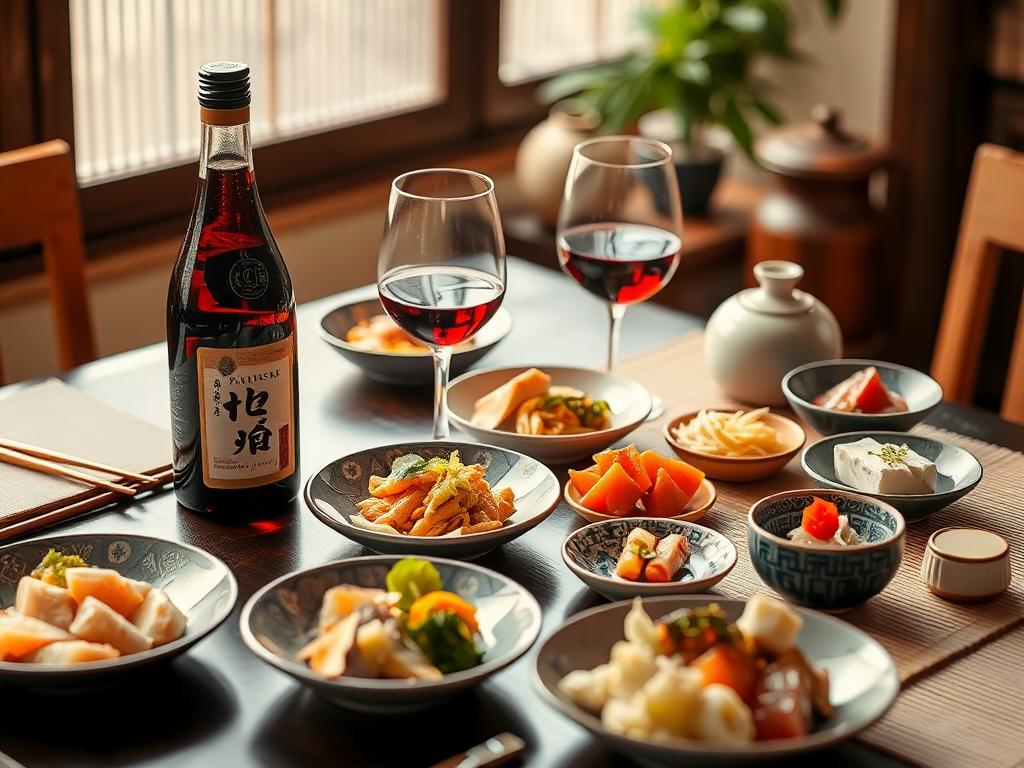
- Pairs well with karaage (Japanese fried chicken) and yakitori
- Soft cheeses like Brie or Camembert for a satisfying plum wine and cheese pairing
- Spicy Korean BBQ or Thai dishes—sweet offsets heat
When it comes to food and wine pairings, Plum Wine (Umeshu) is surprisingly versatile. Its sweet-tart profile makes it an exceptional partner for savory, salty foods – the contrast is absolutely delightful. Japanese bar snacks like karaage (fried chicken), yakitori (grilled chicken skewers), or anything with a soy sauce base create perfect flavor counterpoints to umeshu’s sweetness.
Cheese lovers will be thrilled to know that Plum Wine (Umeshu) plays beautifully with soft, creamy cheeses. At my last wine and cheese night, I paired it with Brie, Camembert, and some mild goat cheese – the creamy richness of these cheeses balanced the bright fruit notes in the umeshu perfectly. Add some dried apricots and candied nuts to the board for an even more harmonious experience.
Perhaps most surprisingly, umeshu stands up remarkably well to spicy food. The sweetness helps tame the heat in dishes like Korean BBQ, spicy Thai curries, or even Mexican cuisine. This makes it a fantastic option when you’re serving a variety of international flavors and need a drink that can handle diverse flavor profiles.
Where to Buy Plum Wine (Umeshu)
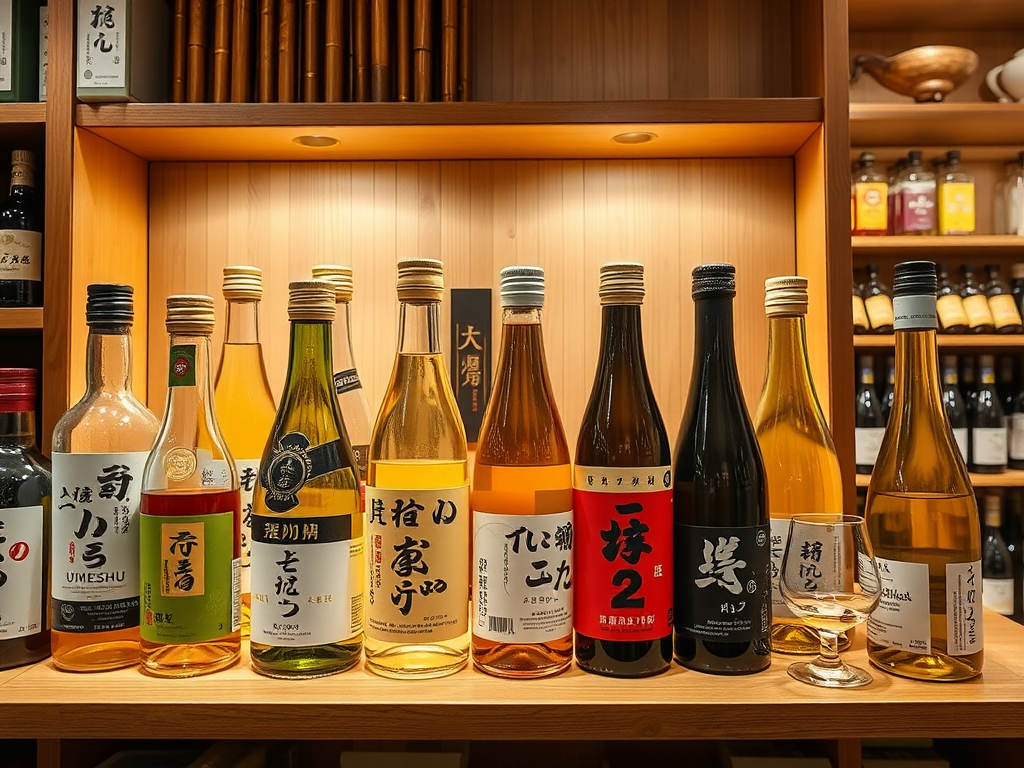
- Available online via specialty wine shops and Asian marketplaces
- Look for top brands like Choya, Takara, and Kikkoman
- Check UmamiCart, Wine.com, or Amazon for reliable options
Finding quality Plum Wine (Umeshu) has become much easier in recent years as its popularity has grown outside Japan. For beginners, I recommend starting with established producers like Choya or Takara – these brands offer consistent quality and are more widely available than boutique options. Choya’s standard umeshu is particularly good for newcomers as it strikes a nice balance between sweetness and fruit character.
Online retailers have made accessing authentic Japanese umeshu simpler than ever. UmamiCart offers a great selection of traditional Japanese brands, while even Amazon stocks popular options like Choya and Kikkoman. For those looking to explore premium options, specialty wine shops are increasingly adding umeshu to their inventory of Asian wine varieties.
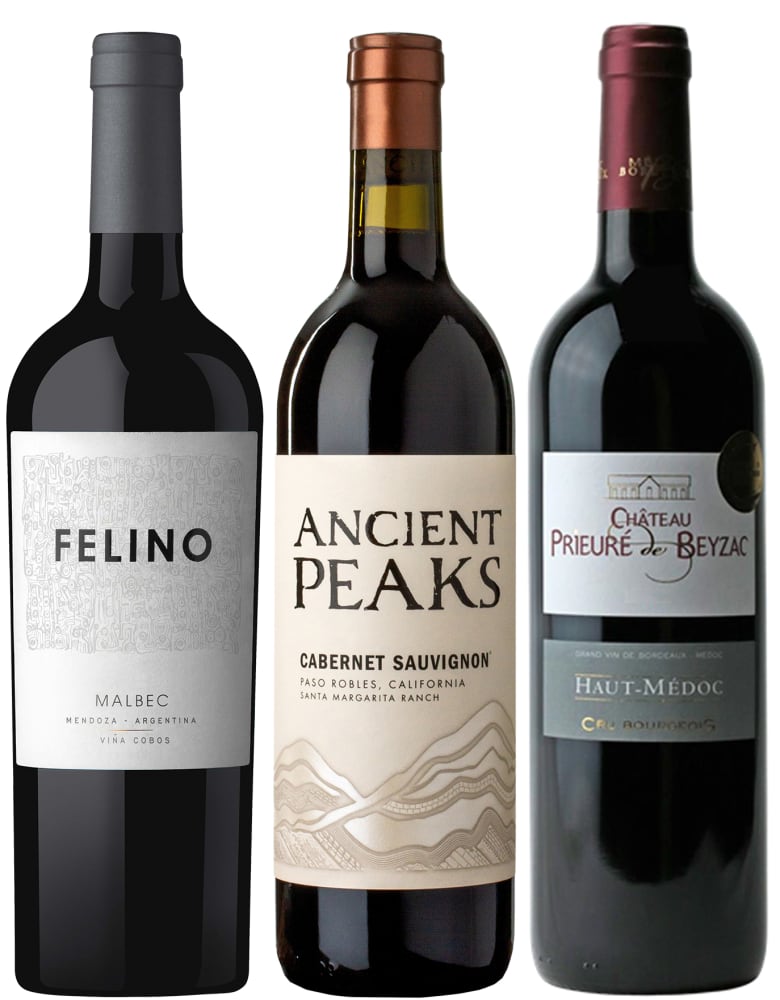
If you’re lucky enough to live near a well-stocked Japanese or Asian supermarket, you’ll likely find several umeshu options in their liquor section. These local sources often carry seasonal or limited editions that can be harder to find online. Just remember to check that alcohol delivery is legal in your region if you’re ordering online, as regulations vary by location.
Why Wine Lovers Should Try It
- Great introduction to Japanese alcohol without needing sake knowledge
- Appeals to fans of dessert wines, vermouths, and sherries
- Makes a chic gift or lively party bottle — especially for weekend tastings
If you’ve been curious about Japanese beverages but find sake intimidating, Plum Wine (Umeshu) offers the perfect entry point. Its fruit-forward profile makes it accessible to western palates while still delivering an authentically Japanese drinking experience. For wine enthusiasts looking to expand their horizons, umeshu represents a fascinating departure from grape-based wines without being completely unfamiliar.

Those who already enjoy dessert wines, vermouths, or sherries will find familiar territory in umeshu’s sweet-but-balanced character. It shares some aromatic qualities with dessert wines like Sauternes or late-harvest Riesling but brings its own unique fruit profile to the table. The result is something both comfortingly familiar and excitingly different.
Bringing a bottle of Plum Wine (Umeshu) to a gathering is guaranteed to spark conversation. Its beautiful amber color, intriguing aroma, and distinctive taste make it a standout addition to any wine tasting or dinner party. Plus, its lower alcohol content (typically 10-15% ABV) makes it suitable for extended sipping sessions where you want something flavorful but not overwhelming.
A Sweet-Tart Adventure Worth Taking
My journey with Plum Wine (Umeshu) began as a curious experiment but quickly turned into a genuine appreciation for this versatile Japanese treasure. Whether you’re sipping it ice-cold on a summer evening, mixing it into creative cocktails, or pairing it with your favorite spicy takeout, umeshu brings something special to the table that most wine cabinets are missing.
Don’t be surprised if your first bottle of Plum Wine (Umeshu) leads to a collection – with various brands, ages, and styles offering different expressions of the same beautiful concept. From home bartenders to serious wine enthusiasts, everyone seems to find something to love in this fruit-forward Japanese classic.
So next time you’re standing in front of the wine shelf looking for something different, reach for that bottle of umeshu. Its beautiful balance of sweet and tart, its rich cultural heritage, and its remarkable versatility might just make it your new favorite discovery. Your taste buds – and impressed friends – will thank you.




